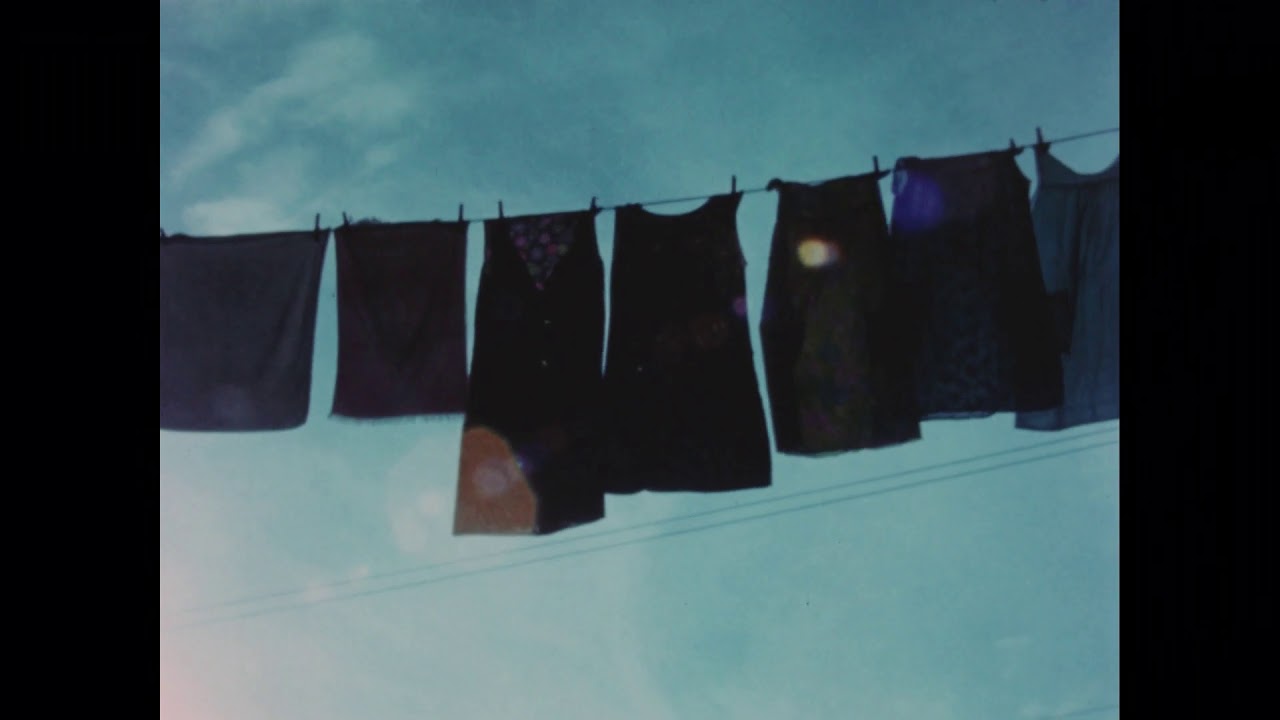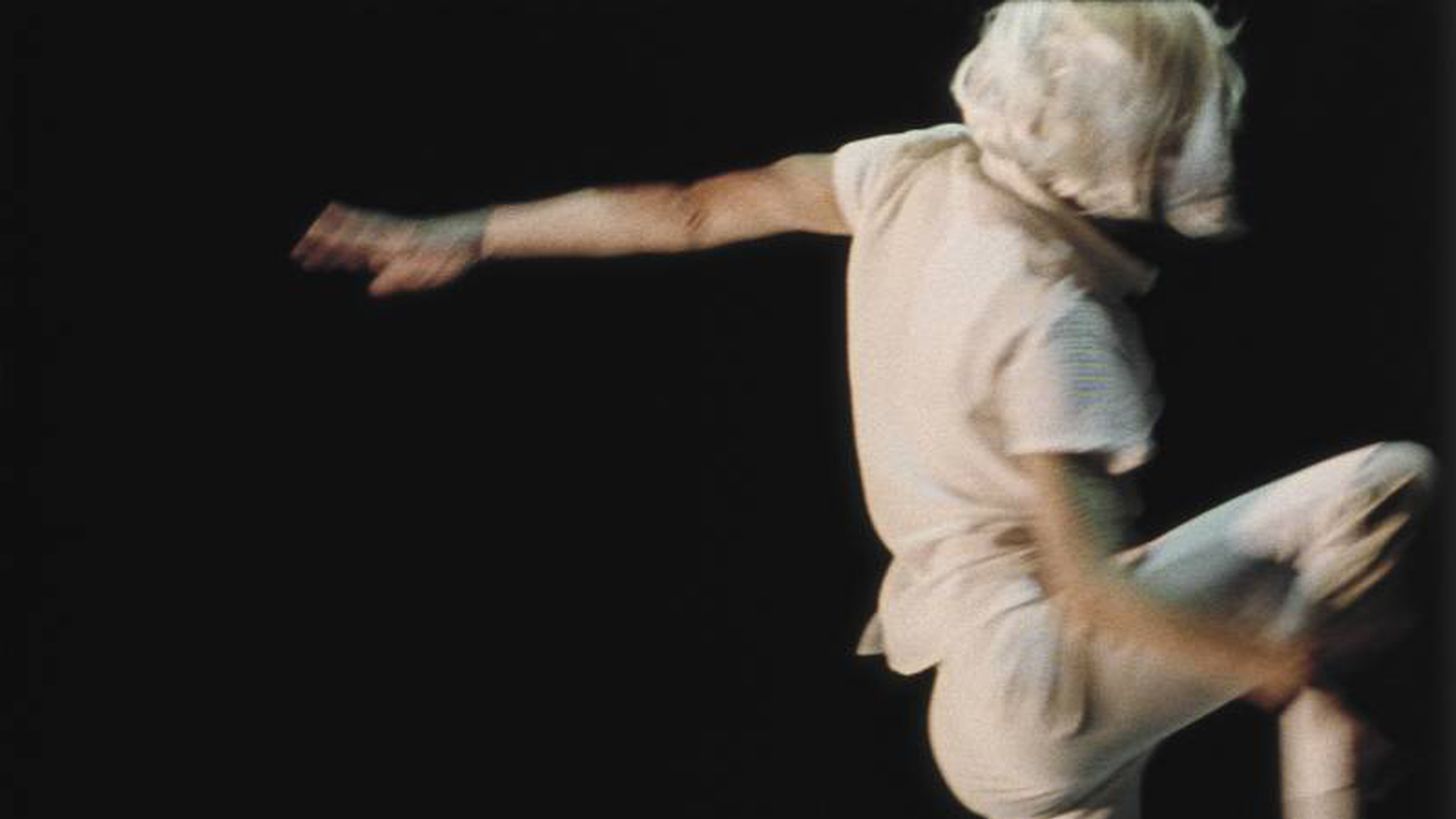
Studies in Natural Magic
March 24 · Knoxville Museum of Art · 3:45 P.M.
79 minutes. There will also be a brief intermission during the reel change.
It’s tempting to believe today that all visual media is readily available with the click of a mouse — if not for free on YouTube then via a small monthly subscription fee or rental charge. In fact, much of the deep canon of experimental cinema exists only on celluloid, stored away in various museums, libraries, galleries, archives, and artist co-ops. Hence our excitement about hosting three of the shorts programs from the touring Canyon Cinema 50 series. Together they provide a masterclass in the history of American avant-garde cinema.
Studies in Natural Magic offers lessons in place, materiality, and the relationship between the two. It features recent films by Saul Levine, Charlotte Pryce, and Christopher Harris; rarely screened films by Standish Lawder and Jean Sousa; sublimely filmed and acutely perceived portraits of cities, seas, skies, and landscapes by Peter Hutton, Julie Murray, Gary Beydler, Robert Fulton, and Emily Richardson; Betzy Bromberg’s audacious and energetic feminist punk city symphony; Degrees of Limitation, one of Scott Stark’s earliest films, a humorous 3-minute structuralist gem; and Portland, a mid-’90s travelogue and playful Rashomon-like inquiry into the nature of truth by Greta Snider.
The Canyon Cinema at 50 program will be projected in 16mm. New prints are noted with an asterisk (*).

Light Lick (Amen)
Saul Levine, 2017, 4 minutes, color, silent
A stark portrait of my father at daily morning prayers to which I respond, AMEN. Light Licks are a series of films I began in 1999. The films are made frame by frame, often by flooding the camera with enough light to spill beyond the gate into the frame left unexposed. Light Licks are ecstatic flicker films inspired by jazz and mystic visionary practice, and extend my interest in the ways film can be a medium of visual improvisation. (Saul Levine)
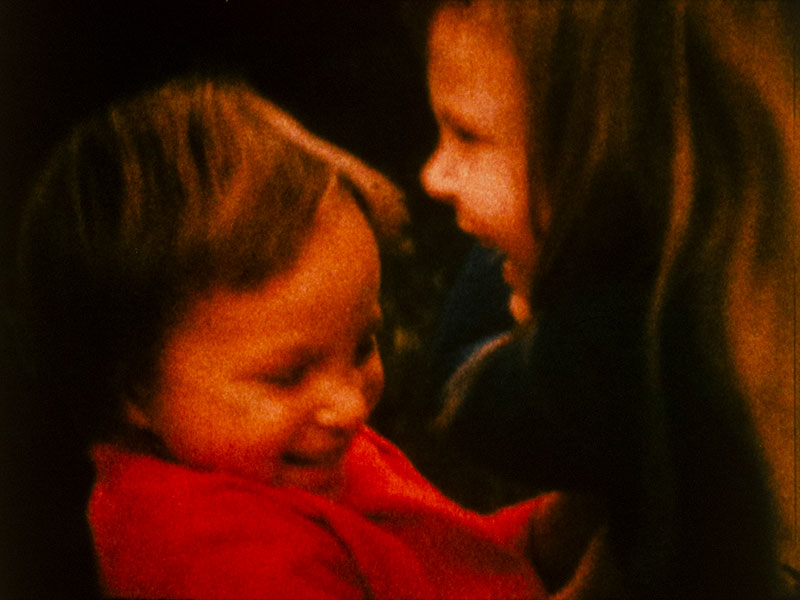
Catfilm for Katy and Cynnie *
Standish Lawder, 1973, 3 minutes, color, silent
Preserved by the Academy Film Archive. In the early 70’s, a New York cat-lover and filmmaker named Pola Chapelle produced a “Cat Film Festival,” which was shown in a large downtown NYC auditorium to an audience of more than a thousand cat-lovers. At the time, I lived with my wife Ursula and our daughters Katy and Cynnie, together with many, too many cats. I loved my family but not the cats. (Standish Lawder)
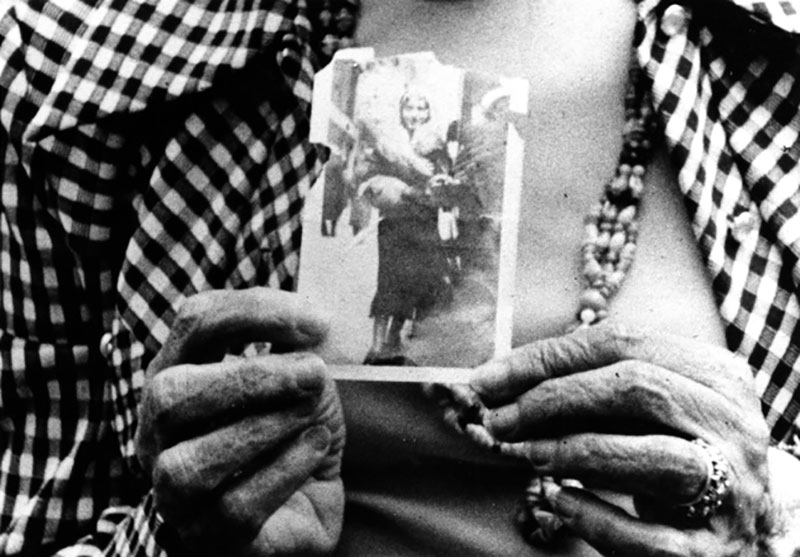
Ciao Bella or Fuck Me Dead *
Betzy Bromberg, 1978, 9 minutes, color, sound
Ciao Bella is a summer-in-the-city travelogue that mixes verité of Lower East Side Bikers, Times Square topless dancers, and Coney Island crowds to achieve a highly charged atmosphere of manic exhibitionism and sexual raunch. (J. Hoberman)
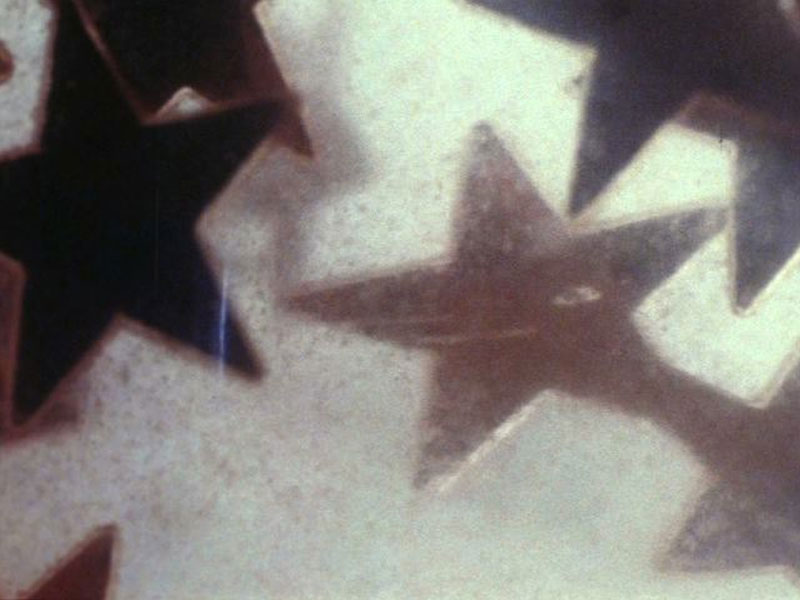
28.IV.81 (Bedouin Spark)
Christopher Harris, 2009, 3 minutes, color, silent
Approximates a small child’s fantasy world in the dark. In a series of close-ups, the nightlight is transformed into a meditative star-spangled sky. An improvisation, edited inside the camera and shot on a single reel. The stars swirl in silence. (International Film Festival Rotterdam)
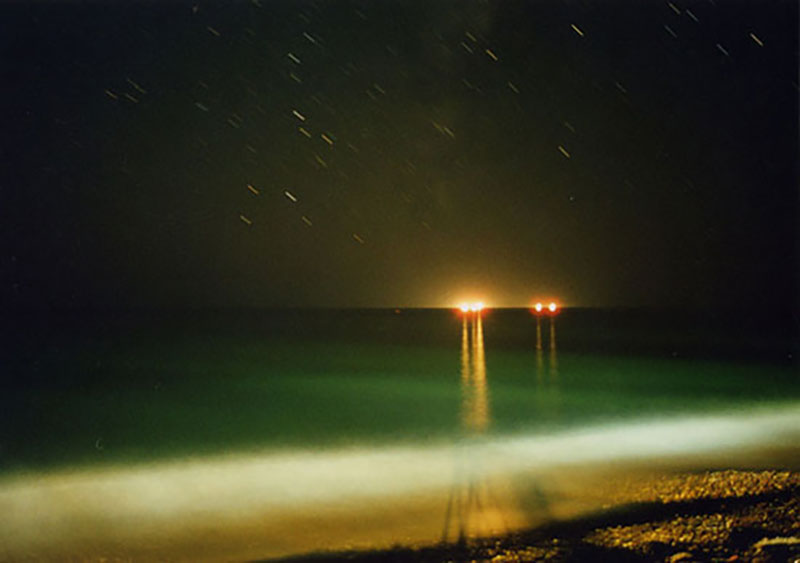
Redshift
Emily Richardson, 2001, 4 minutes, color, sound
In astronomical terminology redshift is a term used in calculating the distance of stars from the earth, hence determining their age. Redshift attempts to show the huge geometry of the night sky and give an altered perspective of the landscape, using long exposures, fixed camera positions, long shots and timelapse animation techniques to reveal aspects of the night that are invisible to the naked eye. (Emily Richardson)
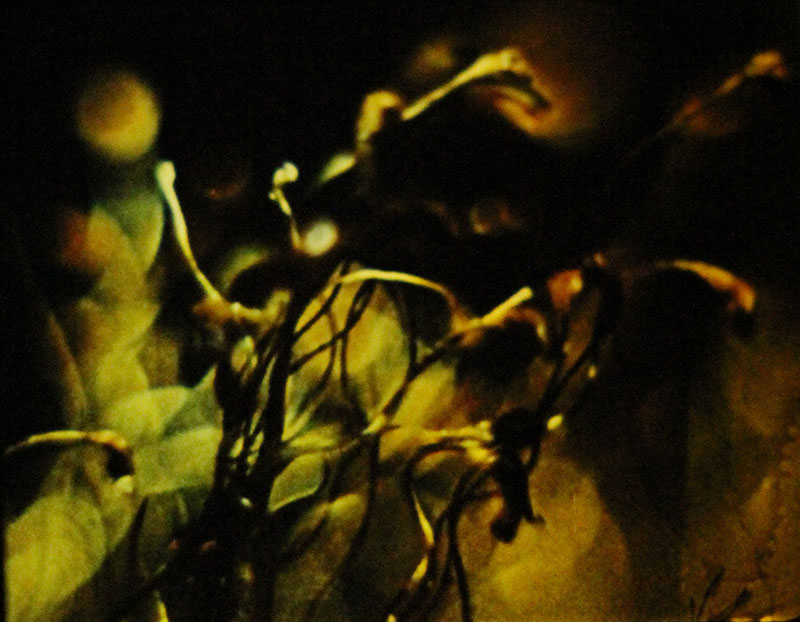
A Study in Natural Magic
Charlotte Pryce, 2013, 3 minutes, color, silent
Witness an alchemist’s spell: the transmutation of light into substance: a glimpse of gold. (Charlotte Pryce)

Starlight
Robert Fulton, 1970, 5 minutes, color/B&W, sound
A Tibetan Lama. His disciple. The disciple’s wife, young boy and terrier. An old tugboat crossing the Mississippi River. A man in his seventh month of solitude. His hermitage built by his own hands. The man’s bloodhound; his cat. Clouds crossing the Continental Divide. A mountain stream. A girl. The sun. (Robert Fulton)

Swish
Jean Sousa, 1982, 3 minutes, color, silent
The subject of the film is motion, and it is an attempt to get inside of it. It was made with a moving subject and a moving camera with an open shutter, the result being that each frame is unique, without the smooth continuity that is expected in film. The subject, a female body at close range, provides an intimacy and eroticism. At the same time it can be seen as a modern version of Futurist simultaneity. (Jean Sousa)
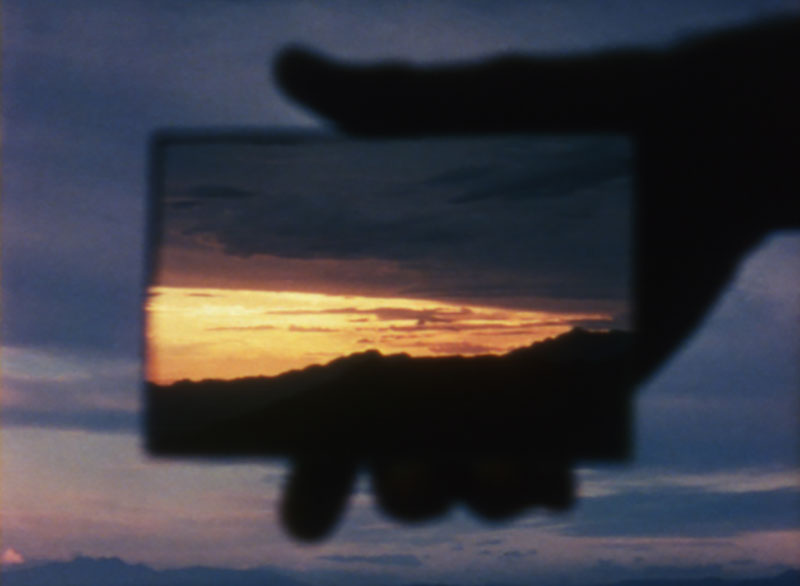
Hand Held Day *
Gary Beydler, 1975, 6 minutes, color, silent
Preserved by the Academy Film Archive. Over the course of two Kodachrome camera rolls, we simultaneously witness eastward and westward views of the surrounding landscape as the skies, shadows, colors, and light change dramatically. Beydler’s hand, holding the mirror carefully in front of the camera, quivers and vibrates, suggesting the relatively miniscule scale of humanity in the face of a monumental landscape and its dramatic transformations. (Mark Toscano)
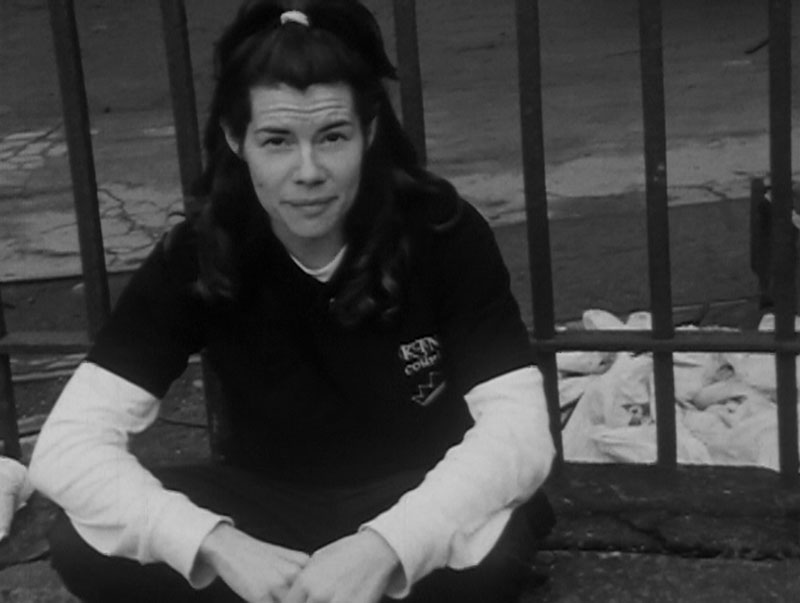
Portland
Greta Snider, 1996, 12 minutes, B&W, sound
Three friends, including the filmmaker, rendezvous in Portland by hitchhiking or train-hopping from different cities. After a week of arguments, soup kitchens, brushes with the law, and bad weather, each leaves with a different memory of the trip, refracted through the tensions and expectations of their triangulated friendship. (Greta Snider)
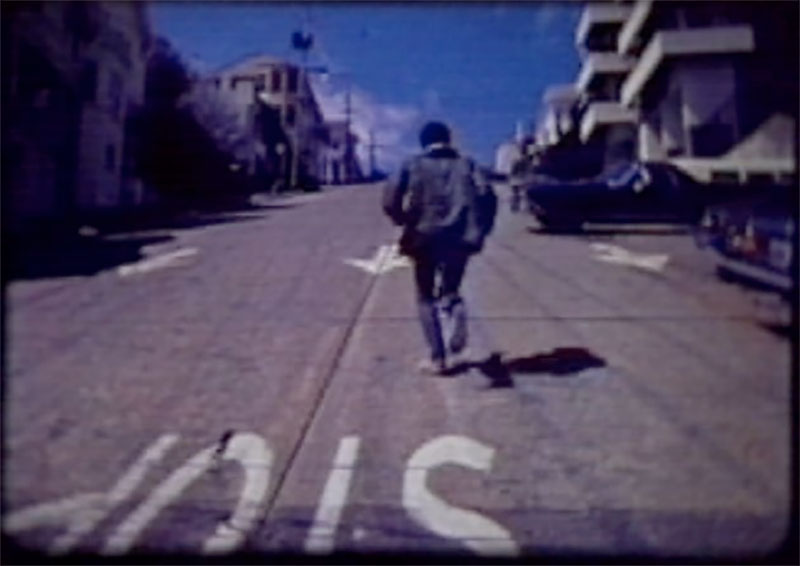
Degrees of Limitation *
Scott Stark, 1982, 3 minutes, color, silent
A single 100’ roll shot with a hand-wound 16mm Bolex. For each shot the camera was wound one additional time, allowing me to make it a little bit farther up the hill. Will I reach the top before the film runs out? A study in self-imposed limitations. (Scott Stark)
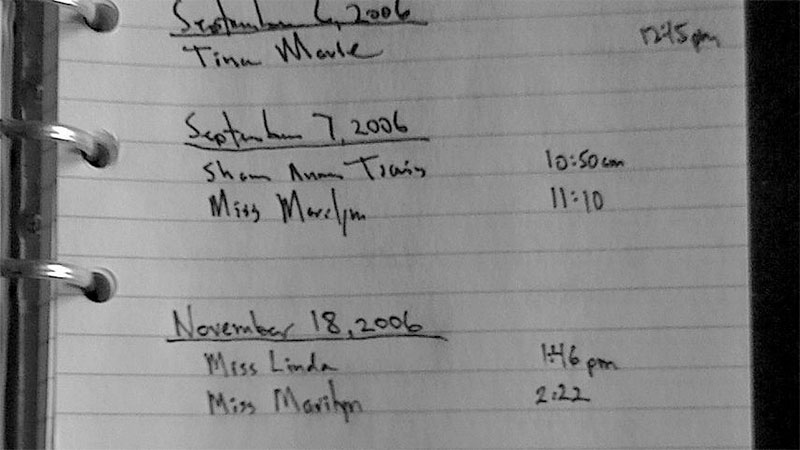
Shrimp Boat Log
David Gatten, 2006/2010, 6 minutes, color, silent
A mathematical concept by Leonardo da Vinci, translated into a beautiful conceptual film consisting of 300 shots, each 29 frames long. Footage of a logbook of shrimp boat names and the image of those same boats at the mouth of the Edisto River. (Erwin Van’t Hart, International Film Festival Rotterdam)
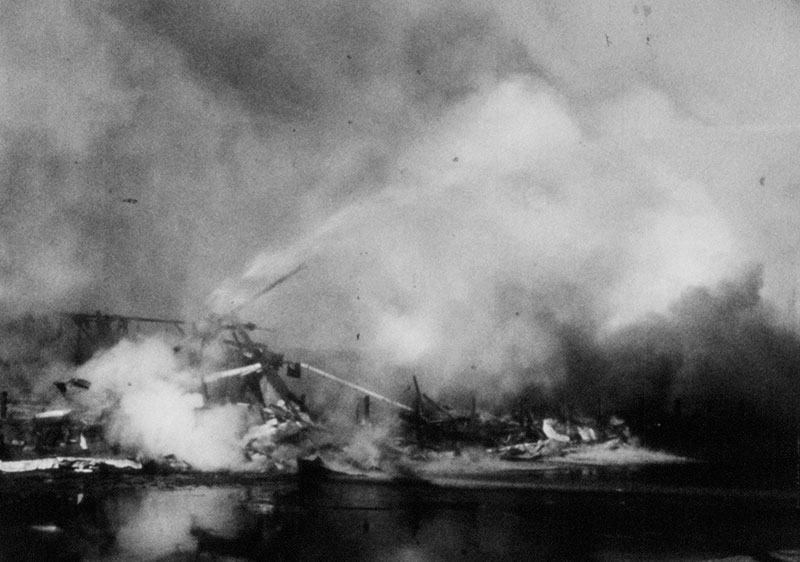
Boston Fire
Peter Hutton, 1979, 8 minutes, B&W, silent
Boston Fire finds grandeur in smoke rising eloquently from a city blaze. Billowing puffs of darkness blend with fountains of water streaming in from offscreen to orchestrate a play of primal elements. The beautiful texture of the smoke coupled with the isolation from the source of the fire erases the destructive impact of the event. The camera, lost in the immense dark clouds, produces images for meditation removed from the causes or consequences of the scene. (Millennium Film Journal)
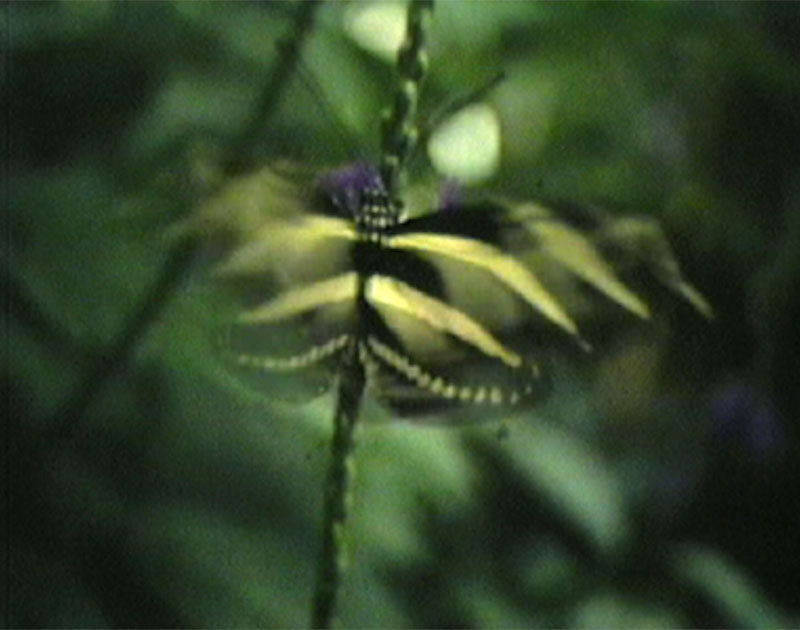
Orchard
Julie Murray, 2004, 10 minutes, color, sound
Much of the footage that comprises Orchard is of a 19c ruins that included a walled orchard in and area known as Rostellen in southwest Ireland. It is set deep in the woods and the crumbling brick and mortar of the broken walls has become the anchor for the roots of slender trees, so uninhibited for all this time that they reach twenty feet in height and have thick roots that follow like slow lazy trickles of water and in other places branch and wind over the brickwork in an apparently intelligent arterial arrangement reminiscent of the human body. (Julie Murray)
About Canyon Cinema
Canyon Cinema 50 is a yearlong celebration of Canyon Cinema’s fifty years as one of the world’s preeminent distributors of artist made film and media. Canyon Cinema’s unique collection of artist-made films – comprised of digital media, 8mm, Super 8, 16mm and 35mm prints – traces the vital history of the experimental and avant-garde filmmaking movements from 1921 to the present. With a strong emphasis on American West Coast and San Francisco Bay Area filmmakers, Canyon Cinema is the access point to 3,400 ground-breaking works that represents 260 artists.
Canyon Cinema began in filmmaker Bruce Baillie’s Canyon, California backyard in 1961 as a forum for filmmakers to share work with each other and the community. In late 1966, the filmmakers founded Canyon Cinema Co-op. as a distribution company – established as a cooperative, owned and operated by filmmaker members (it was formally incorporated in 1967).

